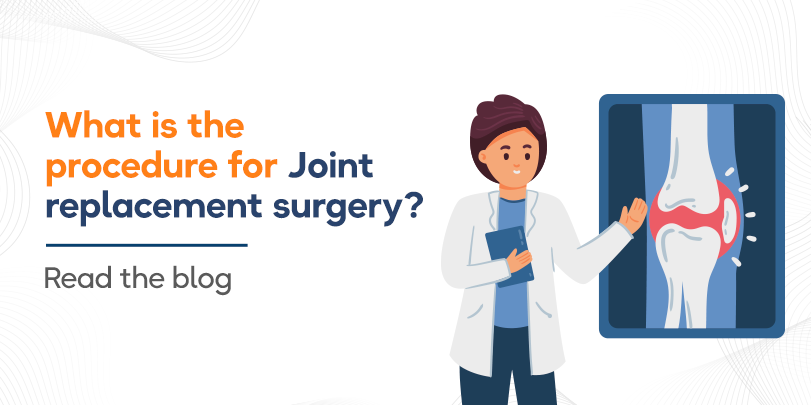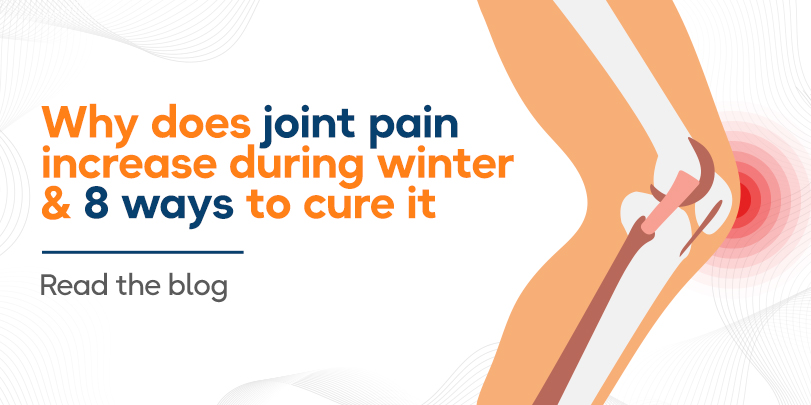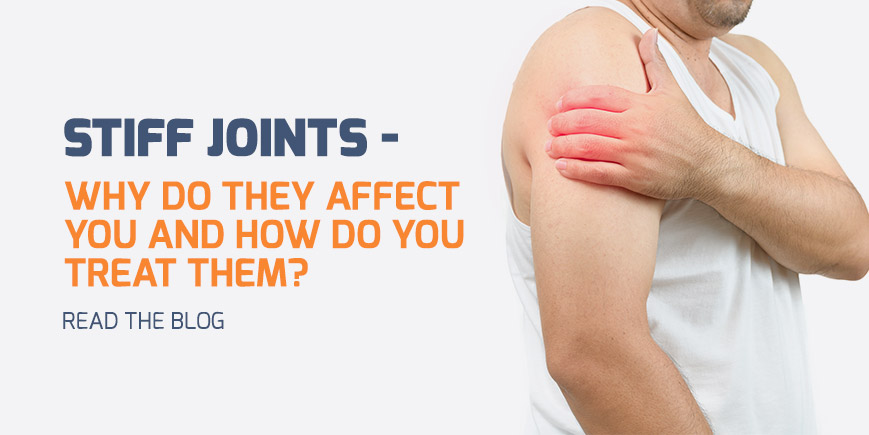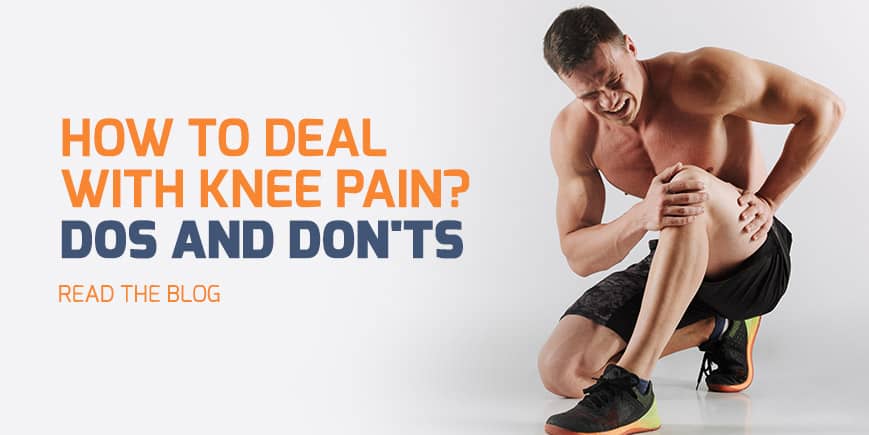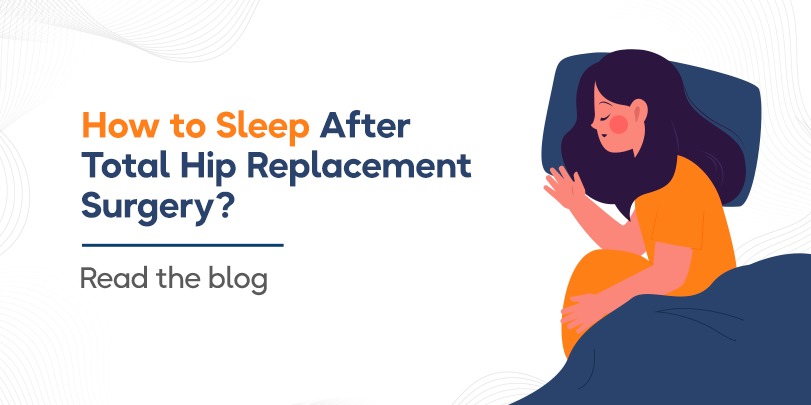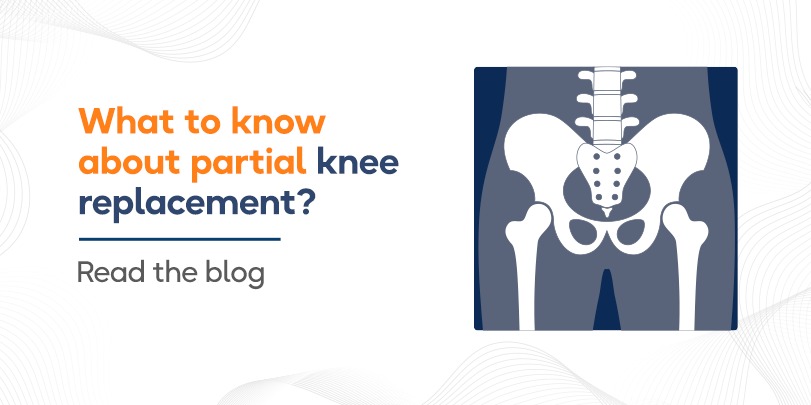When relentless pain and limited mobility cast shadows on daily life, joint replacement surgery emerges as a beacon of hope, illuminating the path to renewed freedom. In this captivating exploration, we embark on a fascinating voyage through the intricate process of joint replacement surgery, shedding light on the steps that pave the way to a brighter, more mobile future.
Definition of joint replacement surgery
Joint replacement surgery is a medical procedure that replaces a damaged or worn-out joint with an artificial joint or prosthetic. It is commonly performed on individuals with severe arthritis or joint damage, aiming to alleviate chronic pain and improve mobility. The surgery involves a comprehensive evaluation, diagnostic tests, surgical removal of the damaged joint, and replacement with an artificial joint. It enables patients to regain function and enjoy a better quality of life.
Importance of joint replacement surgery
Joint replacement surgery is of utmost importance as it restores mobility and relieves chronic pain in individuals suffering from severe arthritis or joint damage. Replacing damaged joints with artificial joints improves the quality of life, enhances physical activity, and promotes independence. This procedure enables individuals to regain freedom of movement, participate in daily activities, and enjoy a more active and fulfilling lifestyle, thereby significantly improving their overall well-being.
There are many reasons for knee replace meant. Your reason may be anywhere from osteoarthritis, rheumatoid arthritis, injuries leading to pain and stiffness and so on. Knee pain is a common reason for which an orthopedic surgeon may recommend surgery to replace the entire joint to restore function. Joint disease limits your range of motion. Surgery can help ease this and you many even make full recovery. Your type of surgery will depend on your reason.
Pre-operative Phase
The first step in any journey is a comprehensive evaluation.
A. Consultation with the orthopedic surgeon
Every successful journey begins with a thorough understanding of the terrain ahead. In joint replacement surgery, this means conducting a comprehensive evaluation of the patient’s health and history. Healthcare professionals meticulously examine the intricacies of the affected joint, seeking insights into the extent of damage and its impact on the patient’s daily life. This crucial assessment lays the foundation for informed decision-making.
i. Review of medical history and physical examination:
Before knee joint replacement or total hip replacement surgery, a thorough review of the patient’s medical history is conducted. This includes assessing previous treatments, medications, and any underlying medical conditions that may impact the surgery or recovery process. A comprehensive physical examination is also performed to evaluate the overall health of the patient and identify any potential risks or complications that need to be addressed.
ii. Diagnostic tests:
To assess the severity of joint damage and determine the need for a new joint, various diagnostic tests are carried out. X-rays provide detailed images of the affected joint, revealing the extent of cartilage loss, bone damage, and deformities. MRI scans can offer a more comprehensive view, showcasing soft tissue structures and detecting hidden issues. Blood tests may be conducted to evaluate the patient’s overall health and check for any potential underlying conditions that could affect the surgery or recovery.
iii. Lifestyle changes prior to the surgery:
In preparation for knee joint and hip joint replacement surgery, patients may be advised to make certain lifestyle changes. These changes could include modifications to diet, exercise routines, and habits such as smoking or alcohol consumption. Maintaining a healthy weight is often emphasized, as excess weight can put additional stress on the joints. Physical therapy exercises may be recommended to improve muscle strength and flexibility, facilitating a smoother recovery post-surgery. Additionally, patients may be instructed to discontinue certain medications or supplements that could interfere with the surgical procedure or recovery process.
B. Preparing for the procedure
With the surgical date approaching, meticulous preparation takes centre stage. The medical team collaborates closely with the patient, providing essential instructions for pre-surgery protocols. These may include guidance on medications, fasting requirements, and lifestyle adjustments. By actively participating in this preparatory phase, patients can feel empowered and well-prepared for the transformative journey ahead.
i. Arranging for transportation and assistance
Patients are advised to arrange transportation for the day of surgery, as they may be unable to drive afterward. Additionally, organizing assistance at home during the initial recovery period is crucial to ensure a safe and comfortable transition back to daily activities.
ii. Pre-surgery dietary guidelines
Patients may receive specific dietary guidelines before surgery, such as fasting requirements and restrictions on certain medications or supplements. Following these guidelines helps minimize the risk of complications during the procedure and promotes optimal healing post-surgery.
iii. Prepping the surgical site:
Prior to surgery, the surgical site is prepared by thoroughly cleaning and sterilizing the area. This helps prevent the risk of infection during the procedure. In some cases, hair may need to be removed to ensure a clean surgical field.
iv. Communication with the surgical team:
Effective communication between the patient and the surgical team is crucial. Patients should openly discuss their concerns, expectations, and any relevant medical information with the surgical team. This helps the team tailor the surgical approach to the patient’s specific needs and ensures a collaborative and informed decision-making process.
III. Intra-operative Phase
As the day of surgery dawns, a team of skilled professionals gathers in the operating room. With the patient comfortably anaesthetized, the surgeon takes the lead, skillfully removing the damaged joint with precision and expertise. The worn-out joint is carefully replaced with an artificial knee or prosthetic, meticulously selected to suit the patient’s unique needs. The surgical process, though complex, is executed with the utmost care, ensuring the best possible outcome.
A. Anesthesia administration
Prior to knee arthroplasty surgery, anesthesia is administered to ensure the patient’s comfort and safety during the procedure. The anesthesiologist carefully selects the appropriate type and dosage of anesthesia, which may include general anaesthesia or regional anaesthesia, such as epidural or spinal anesthesia, based on the patient’s health, preferences, and the surgeon’s recommendation.
B. The joint replacement procedure
i. Surgical techniques for different joints
The surgical techniques used in total joint replacement surgery vary depending on the specific joint being addressed. For example, hip replacement surgery may involve either traditional or minimally invasive approaches, while knee replacement surgery may utilize techniques like total knee replacement or partial knee replacement.
ii. Implant materials
Implant materials play a crucial role in total knee arthroplasty. Common materials include metal alloys, ceramics and polyethene. The choice of implant material depends on factors such as joint stability, wear resistance and biocompatibility to ensure the long-term success and functionality of the artificial knee.
iii. Different types of joint prostheses
Various types of artificial knee joints and other joints are available, designed to replicate the natural joint anatomy and function. This could be another surgery reason. These include fixed-bearing or mobile-bearing implants for the knee, uncemented or cemented implants for the hip, and anatomical or reverse shoulder prostheses. The choice of prosthesis is based on factors such as the patient’s age, activity level, and the surgeon’s expertise.
iv. Duration of the surgery
The duration of joint replacement surgery varies depending on the complexity of the case, the joint being replaced, and any associated factors. Generally, the surgery lasts around two to three hours. However, this can vary, and patients are typically informed about the estimated duration before the procedure.
C. Blood transfusion
Replacement is a surgery where blood transfusion may be required to replenish blood loss during the procedure. Blood compatibility and safety measures are carefully followed, including pre-operative blood tests to determine the patient’s blood type and potential need for transfusion. In some cases, patients may also choose to donate their own blood before surgery (autologous blood donation) as a precautionary measure.
D. Post-surgery pain management
After joint replacement surgery, effective pain management is vital for a comfortable recovery. This may involve a combination of medications, including analgesics and anti-inflammatory drugs, administered through oral, intravenous, or regional techniques. Additionally, non-pharmacological pain management strategies, such as therapy, ice or heat therapy, and relaxation techniques, are often incorporated to enhance comfort and facilitate healing.
E. Risks and complications
While knee replacement surgery usually surgery is safe, there are inherent risks and potential complications associated with the procedure. These may include infection, blood clots, implant loosening or dislocation, nerve or blood vessel injury, and allergic reactions to anaesthesia or implant materials. Our surgeons take precautions and closely monitor patients to minimize these risks and promptly address any complications that may arise.
IV. Post-operative Phase
A. Recovery in the hospital
i. Monitoring vital signs and pain scores
Patients’ vital signs, such as heart rate and blood pressure, are closely monitored to ensure stability. Pain levels are assessed regularly to provide appropriate pain relief.
ii. Early mobilization exercises
Encouraging early movement helps prevent complications and promotes joint functionality and circulation.
iii. Physical therapy and occupational therapy
Specialized therapists assist with exercises, gait training, and activities of daily living to optimize recovery and regain independence.
iv. Pain management protocol
A tailored plan is implemented, combining medications, non-pharmacological methods, and patient education to effectively manage pain and enhance comfort during the recovery period.
B. Discharge planning
i. Home care instructions
Patients receive detailed guidance on wound care, activity restrictions, and self-care measures to promote a smooth recovery at home.
ii. Follow-up appointments
Scheduling post-operative visits allows the healthcare team to assess progress, monitor healing, and address any concerns or complications.
iii. Medication Administration
Clear instructions are provided regarding medication dosages, frequencies, and any potential side effects or interactions.
iv. Wound care
Patients receive instructions on how to clean and dress the surgical incision site, promoting proper healing and minimizing the risk of infection.
C. Outpatient follow-up
i. Long-term lifestyle changes
Patients are guided on maintaining a healthy weight, adopting joint-friendly activities, and incorporating regular exercise to support long-term joint health.
ii. Physical therapy and home exercises
Continued physical therapy sessions and prescribed home exercises help improve strength, flexibility, and joint function as part of the ongoing rehabilitation process.
iii. Pain management strategies
Surgeons work with patients to develop personalized pain management plans, which may include medications, physical modalities, and self-care techniques to alleviate discomfort and enhance quality of life.
iv. Complication assessment
During follow-up visits, healthcare professionals assess for any potential complications, such as infection, implant loosening, or joint instability, ensuring early detection and appropriate intervention if necessary.
So, if you ever find yourself needing a new knee, called a prosthesis – whether it is made of metal, ceramic or metal and plastic, keep in mind that replacement surgery can relieve many symptoms. As it removes a damaged joint – your entire damaged joint and replaces it with a new knee joint, it helps you relieve pain and go back to the activities you were doing before. The best hospital for Joint Replacement Surgery in Ahmedabad is Radiance Hospitals. Let our experts take you through the journey with care and ease.
Read More: What You Should Consider Before Having Knee Replacement Surgery

